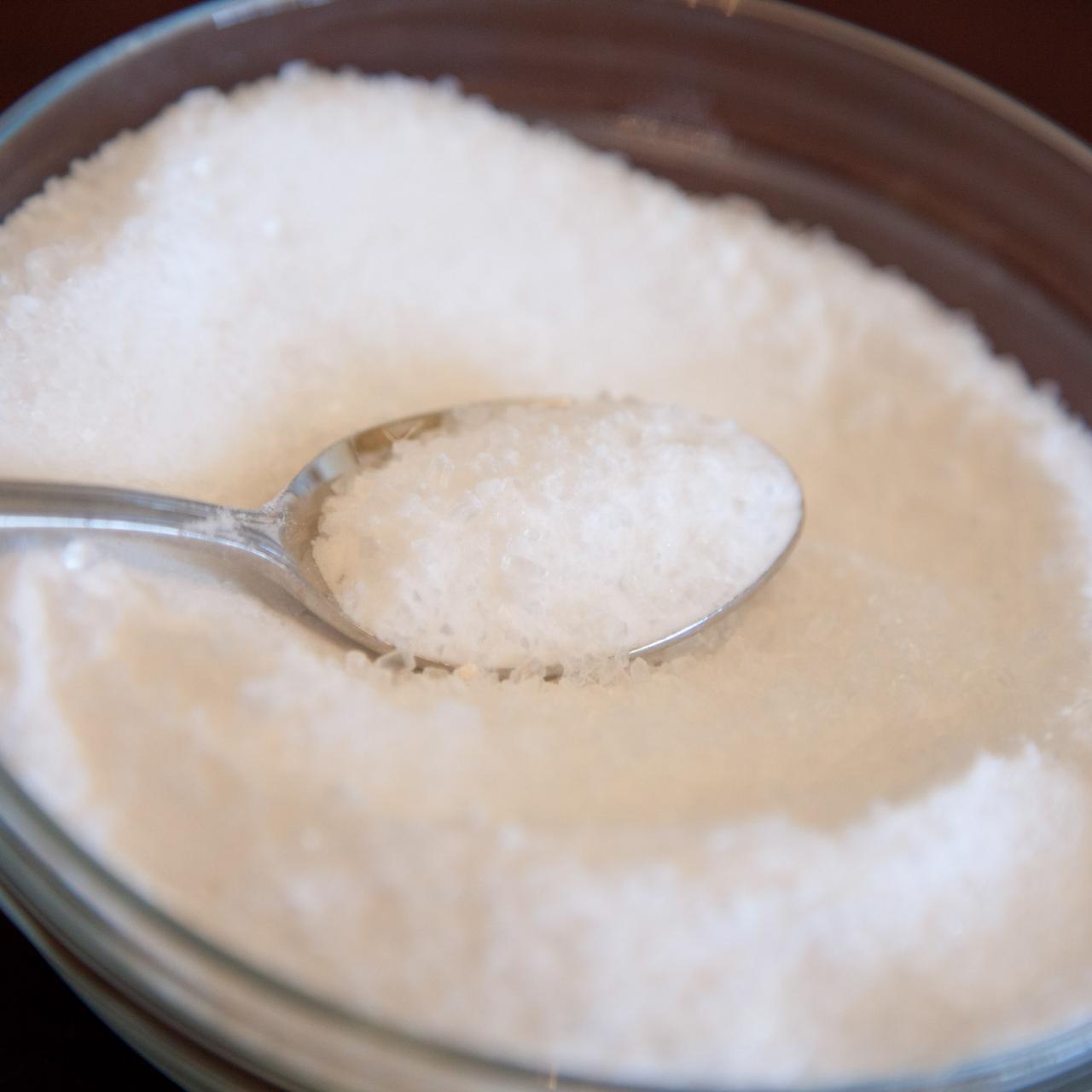Garden Mistakes: What Plants Don't Like Epsom Salt and How to Avoid Them
Garden Mistakes: What Plants Don't Like Epsom Salt and How to Avoid Them
Blog Article
Learn Concerning the Particular Plants That Are Adversely Influenced by Epsom Salt Application
Epsom salt, a prominent house treatment for numerous horticulture distress, is typically applauded for its helpful results on plant development. Nevertheless, not all plants respond positively to its application. Recognizing the specific plants that can be detrimentally affected by Epsom salt is important for any kind of gardener aiming to optimize their plant care routine. Roses, tomatoes, peppers, azaleas, and rhododendrons are just a couple of instances of plants that may not respond well to Epsom salt. The reasons behind these damaging effects and how to reduce them are essential knowledge for maintaining a flourishing garden.
Roses

Roses, especially delicate to changes in their setting, can be adversely influenced by the application of Epsom salt. While Epsom salt is frequently used as a plant food to advertise plant development and improve flowering, roses are one of the plants that do not respond well to its application. The high magnesium web content in Epsom salt can conflict with the uptake of various other vital nutrients by the rose plants, leading to shortages that materialize as yellowing fallen leaves or stunted growth.

Tomatoes
Tomatoes, understood for their versatility in culinary applications, can display adverse effects when revealed to Epsom salt as a result of their particular nutrient requirements. While Epsom salt is usually touted as a treatment for numerous plant issues, consisting of blossom end rot in tomatoes, its application can bring about harmful results if not made use of judiciously. Tomatoes are heavy feeders that call for a balanced intake of nutrients, especially calcium, to grow. Extreme Epsom salt, which is magnesium sulfate, can disrupt the delicate nutrient balance needed by tomatoes, possibly resulting in deficiencies in various other crucial nutrients like calcium. This imbalance may manifest in signs and symptoms such as stunted development, yellowing fallen leaves, or perhaps lowered fruit manufacturing in tomatoes. As a result, when thinking about making use of Epsom salt on tomatoes, it is crucial to comply with recommended application rates and soil testing to stop unplanned repercussions on the general wellness and performance of these precious yard plants.
Peppers
Peppers, prized for their numerous colors and degrees of spiciness, can demonstrate susceptibility to negative influences from Epsom salt when not used with treatment and consideration for their certain find more info dietary requirements. what plants don't like epsom salt. Peppers, coming from the Solanaceae family, require a fragile balance of nutrients to prosper. While Epsom salt is known to enhance magnesium levels in plants, extreme application can interrupt more helpful hints this balance, bring about adverse effects on pepper plants
When peppers are revealed to high levels of magnesium from Epsom salt, it can hinder the plant's capability to absorb other essential nutrients like calcium and potassium. This imbalance may materialize in signs such as fallen leave discoloration, stunted development, and decreased fruit manufacturing. In addition, the extreme magnesium can alter the dirt pH, further exacerbating nutrient uptake concerns for peppers.

Rhododendrons
Provided the sensitivity of particular plant species to imbalances brought on by Epsom salt, it is necessary to consider the effect on Rhododendrons, which additionally need certain nutrient degrees to grow. Rhododendrons are acid-loving plants that prefer acidic dirt problems with a pH range between 4.5 and 6.0. Epsom salt, chemically known as magnesium sulfate, can alter the soil pH and interrupt the delicate equilibrium of nutrients essential for Rhododendron health.

To maintain the ideal development and health of Rhododendrons, it is crucial to avoid the unplanned usage of Epsom salt and instead concentrate on offering the particular acidic soil conditions and nutrients that these plants require for thriving.
Azaleas
These prominent blooming plants are typically discovered in landscapes, gardens, and parks due to their beauty and convenience. While Epsom salt is typically used as a remedy for magnesium deficiency in plants, its application to azaleas can have damaging effects.
Azaleas choose slightly acidic soil conditions, and an extra of magnesium from Epsom salt can disrupt this balance, leading to nutrient discrepancies and prospective toxicity issues. The inaccurate application of Epsom salt can result in stunted growth, yellowing of leaves, and overall decline in the health and wellness of azaleas.
Final Thought
To conclude, it is essential to be familiar with the particular plants that can be detrimentally impacted by the application of Epsom salt. Roses, tomatoes, peppers, azaleas, and rhododendrons are some examples of plants that may not gain from Epsom salt and could even endure harm. It is essential to research study and recognize the demands of each plant species before utilizing Epsom salt as a plant food to ensure their health and wellness and health.
Comprehending the particular plants that can be negatively influenced by Epsom salt is essential for any type of garden enthusiast looking to maximize their plant care regimen. While Epsom salt is generally utilized as a plant food to advertise plant development and enhance flowering, roses are one of the plants that do not respond well to its application.Extreme usage of Epsom salt can likewise result in an accumulation of salts in the soil, leading to root damage and dehydration of the rose plants. While Epsom salt is understood to enhance magnesium levels in plants, extreme application can disrupt this stability, leading to damaging effects on pepper plants.
The high salt web content in Epsom salt can likewise dry out Rhododendron origins, creating more stress and damage to the plant. (what plants don't like epsom salt)
Report this page